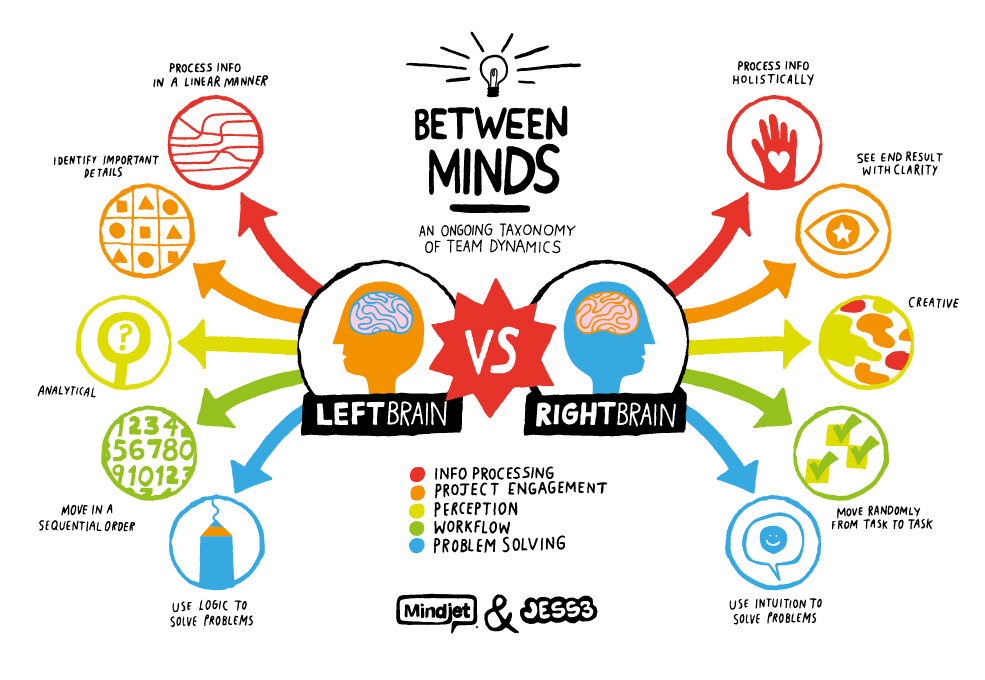 On 4 September 2010, Christchurch – gateway to New Zealand’s scenic South Island – suffered a major 7.1 earthquake and before it could recover a further 6.3 earthquake shook the city on 22 February 2011 killing 185 people and damaging well over one third of the buildings in the CBD and tens of thousands of residential homes in outlying areas. The worst affected areas have been designated “red zones” and much of this land will not be built on again. For 18 months Christchurch continued to be rocked by thousands of after-shocks, delaying rebuilding and repair decisions.
On 4 September 2010, Christchurch – gateway to New Zealand’s scenic South Island – suffered a major 7.1 earthquake and before it could recover a further 6.3 earthquake shook the city on 22 February 2011 killing 185 people and damaging well over one third of the buildings in the CBD and tens of thousands of residential homes in outlying areas. The worst affected areas have been designated “red zones” and much of this land will not be built on again. For 18 months Christchurch continued to be rocked by thousands of after-shocks, delaying rebuilding and repair decisions.
You can see a facinating animated time lapse map of all 11730 quakes starting with the 7.1 shock here (give it time to load).
In these circumstances, it is not surprising that recovery, put at a cost of $30 billion, remains tentative and it is against this catastrophic background that the adequacy of insurance arrangements are coming into sharp focus. Along with ground stability, insurance is widely seen as the key to recovery and many coverage issues are now presenting for resolution between re-insurers, insurers and insured as building owners turn to face to the future. What we are learning is that the earthquake has resulted in economic and societal risks far beyond the initial loss of life and injury.
Some of these issues will inevitably be tested in the country’s highest courts but many are being resolved around the mediation table now as the much anticipated rebuild gathers pace, fuelled in large part by a trickle turned torrent of insurance monies pouring into the region.
As you might imagine, the mediations in this area are rich in experts and involve many disciplines learning to work together – in the room might be all or any of the following;
>engineers
>specialist geological and geotechnical consultants
>hydrologists
>constructors/remediation experts
>demolition and earthmoving contractors
>quantity surveyors/project managers
>loss adjusters/claims management experts
>investigators (fraud is going to be huge – the NZ Insurance Council is warning fraud from the Christchurch rebuild could ultimately total more than $1 billion. That includes one investigation alone that involves as much as $250 million)
>environmental engineers and scientists
>waste-water infrastructure experts
>urban planners
>insurers/re-insurers
>bureaucrats/public servants/government representatives (the State is a large landlord in the region with about 6000 damaged dwellings and is repairing/rebuilding 5000 of its earthquake damaged occupied properties within the next three years with a budget of around $1 billion)
>accountants/financial advisors
>lawyers
… and mediators
So, how does this diverse group of professionals talk to each other in the heat of a mediation?
In broad terms, this melting pot of disciplines throws up a left brain/right brain divide – where left brain dominant professionals focus on logical thinking, analysis and accuracy and right brain professionals focus more on aesthetics, feeling and creativity – often manifested by ground level or detailed thinking as opposed to helicopter or conceptual thinking.
As a mediator it’s fascinating to watch how these professionals struggle to find a common language. A very simple example in a recent mediation was when the lawyers talked about providing documents, the engineers talked about issuing documents and the insurers talked about releasing documents!
Even a common way of beginning to talk about a tentative outcome/solution, especially when not all the facts are known, is difficult – for instance when there is potential for more ground stability testing to be done if one had the luxury of time and money or where more in depth damage assessments are possible but are labour intensive and time consuming.
For some left brain professionals one of the most challenging questions a mediator can ask is what if/what might…?
To some, there is no such thing as what if/what might? – there is simply no point in engaging in a hypothetical discussion about this or that because it isn’t accurate, it is crystal ball gazing and it does not reflect what may or may not be the real situation under the ground/in the building/in a post quake future.
To a right brained professional the what if? question frees the mind and untetheres its operator from firmly held opinions and often, staunch positions.
I took this left/right brain test and got this result;
|
||||||||||
________________________
To make sure you do not miss out on regular updates from the Kluwer Mediation Blog, please subscribe here.



Thanks Geoff – I have shared this with so many people. Great reading and a timely reminder of how important it is to support NZ in their recovery as well.